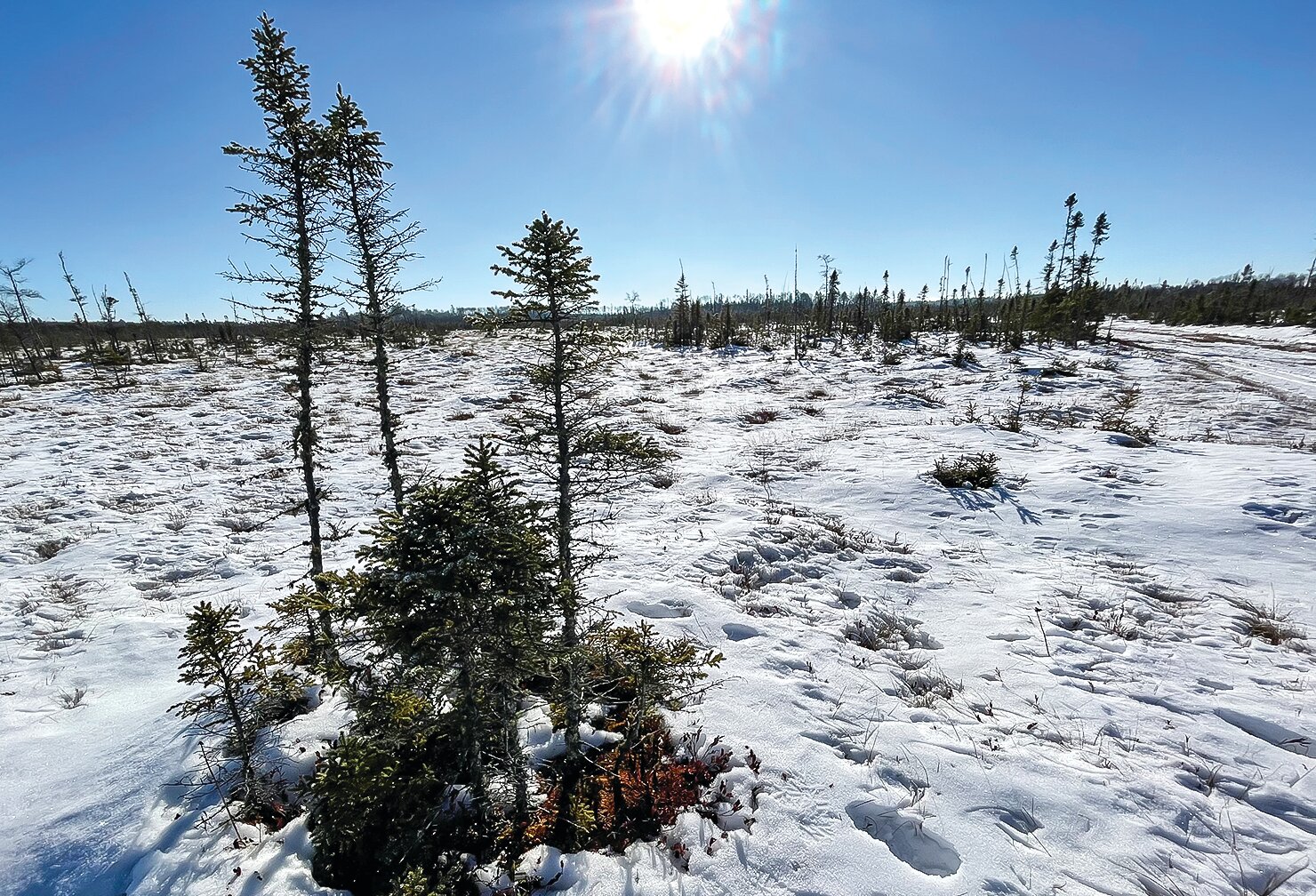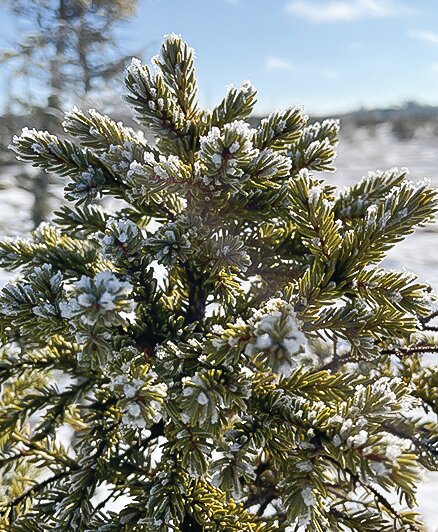Support the Timberjay by making a donation.
Big sky country
A million acres of Lilliputian forest stretches across Minnesota’s peatlands
Of all the landscapes found in Minnesota, the roughly one million acres of stunted spruce forest found across the state’s vast peatlands would probably be seen by most people as the most …
This item is available in full to subscribers.
Attention subscribers
To continue reading, you will need to either log in to your subscriber account, or purchase a new subscription.
If you are a current print subscriber, you can set up a free website account and connect your subscription to it by clicking here.
If you are a digital subscriber with an active, online-only subscription then you already have an account here. Just reset your password if you've not yet logged in to your account on this new site.
Otherwise, click here to view your options for subscribing.
Please log in to continue |
Big sky country
A million acres of Lilliputian forest stretches across Minnesota’s peatlands
Of all the landscapes found in Minnesota, the roughly one million acres of stunted spruce forest found across the state’s vast peatlands would probably be seen by most people as the most desolate and forlorn. You can count me as among that small group of humans that finds them strangely compelling.
While black spruce grow in uplands, here in northern Minnesota, it dominates our peatland landscapes. In older parts of peatlands, where the accumulated peat has built up enough to stay relatively dry, black spruce as well as tamarack can grow to full size in surprisingly dense stands. But in those places where the bog mat is thin and the roots of the spruces remain mired in the acidic waters, their growth is slowed dramatically, so slowly in fact that a six-foot tall tree may be 150 years old.
It’s like life at the tree line, only in this case it’s the cold acidic waters and lack of nutrients, rather than the brutal cold of the tundra’s edge, that limits and distorts their growth. The trees created by these conditions often take on unusual forms, as the living branches of older trees are typically found atop long and twisted trunks, like an image from Dr. Suess.
These vast stretches of open peatlands can offer the feel of the open plains as well. They’re open and flat and offer up that big sky that only vast stretches of open country can provide. While encased in snow and ice in winter, these areas fill with sedges in summer that sway in the breeze like a bluestem prairie. They even attract open country species like savannah sparrows, sharp-tailed grouse, or sandhill cranes.
Out in the open peatlands, the black spruce grow in isolated clumps, like Lilliputian forests set atop small clumps of sphagnum moss. These miniature forests are typically an illusion. In fact, they are most commonly the creation of a single tree. Black spruce has the ability to grow through what’s known as layering, which occurs as these slow growing spruces are gradually engulfed by sphagnum moss, which can grow more quickly in these environments. As the moss reaches and gradually engulfs the lower branches of the tree, new stems form from the branches and, over time, appear as separate trees in a tight clump. These new “trees” are as slow growing as the parent tree, which often grow no more than half an inch a year. Which means what appears to be a mere seedling, barely above knee height can in fact be nearly half a century old. These are places rarely visited by humans, where the time that controls our hyper-active lives passes more slowly and where the sounds of our “civilization” tend to disappear in the breeze. Compelling to say the least.











